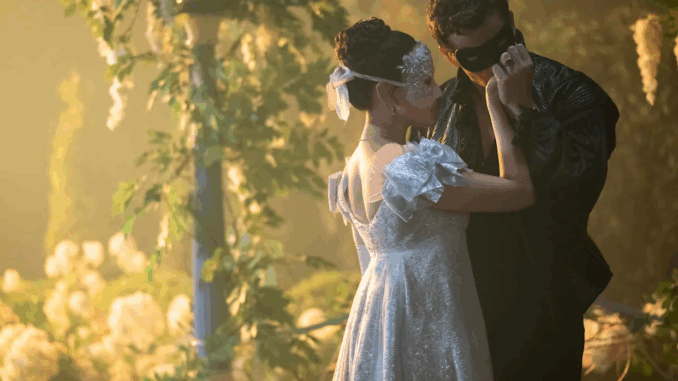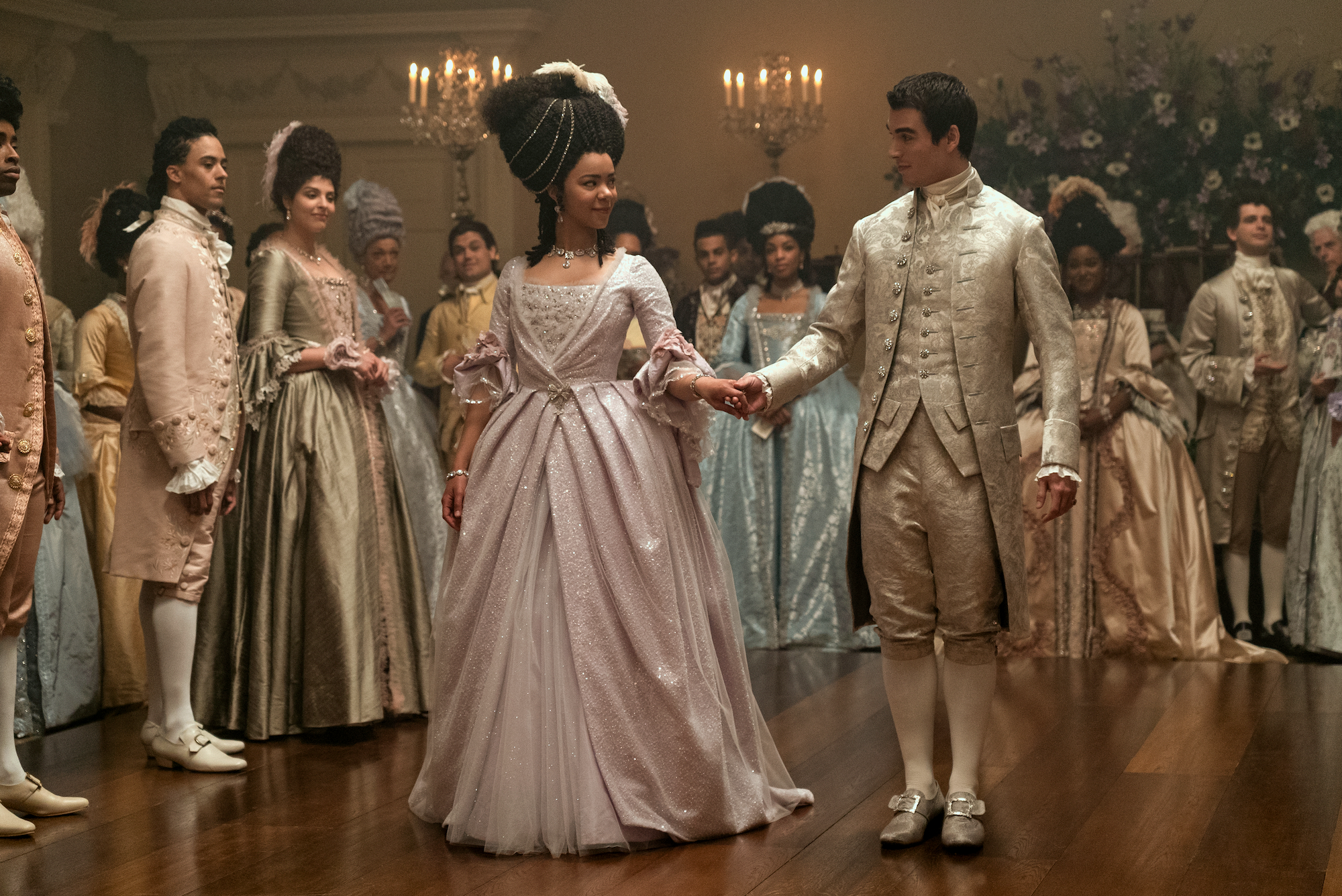
The success of Bridgerton can be attributed to many things—lavish production, irresistible romance, stunning costumes—but at its core, the series thrives because of the Bridgerton family itself. Warm, supportive, occasionally flawed, and deeply human, the Bridgertons serve as both emotional anchor and narrative compass, guiding viewers through the shifting tides of love and society in Regency-era London.
Unlike many aristocratic families portrayed in period dramas, the Bridgertons radiate an approachable charm. Violet Bridgerton, the widowed matriarch, fosters an environment built on affection rather than obligation. Her children—Anthony, Benedict, Colin, Daphne, Eloise, Francesca, Gregory, and Hyacinth—are allowed to express individuality, even when societal expectations loom large.
Each sibling brings unique depth to the story. Anthony, the eldest, shoulders the burden of leadership with a blend of determination and vulnerability. His journey from duty-driven viscount to passionate husband reveals the emotional cost of inherited responsibility. Daphne, the picture-perfect debutante, proves that perfection does not equate to emotional ease. Her arc explores identity beyond societal labels, showing that love requires honesty and growth.
Eloise, meanwhile, challenges the patriarchy with her sharp wit and feminist ideals. She questions everything—marriage, class, tradition—providing a refreshing counterpoint to the conventional romance surrounding her. Penelope may be her dearest friend, but Eloise’s evolving relationship with Lady Whistledown adds rich layers of conflict and betrayal.
 Then there is Colin, whose transformation from charming traveler to emotionally grounded suitor forms the core of Season Three. His relationship with Penelope, built on friendship and mutual understanding, offers one of the show’s most tender romances. Francesca brings quiet depth, Benedict offers artistic introspection, while Gregory and Hyacinth provide youthful humor—reminders that the world of Bridgerton is always growing.
Then there is Colin, whose transformation from charming traveler to emotionally grounded suitor forms the core of Season Three. His relationship with Penelope, built on friendship and mutual understanding, offers one of the show’s most tender romances. Francesca brings quiet depth, Benedict offers artistic introspection, while Gregory and Hyacinth provide youthful humor—reminders that the world of Bridgerton is always growing.
The family dynamic is a masterclass in emotional world-building. Their breakfast scenes, ballroom gatherings, and heartfelt conversations offer moments of warmth that balance the series’ drama and intrigue. Their loyalty to one another is not perfect—it is messy, complicated, and deeply realistic. Arguments erupt, secrets are kept, and mistakes are made, but the foundation remains unshakably strong.
The Bridgertons also serve an important narrative purpose: they allow each season to feel both familiar and fresh. As the romantic focus shifts from one sibling to another, viewers experience new emotional journeys while remaining rooted in a world they trust. This structure gives the show continuity without repetition.
Moreover, the Bridgerton ethos—prioritizing love, honor, and emotional sincerity—sets the tone for the entire series. In a society dominated by strategic marriages and rigid social structures, the family’s values stand out. They believe in marrying for love, supporting personal dreams, and embracing individual agency. Even when they stumble, their intentions reflect compassion rather than cold ambition.
As Bridgerton expands into a multi-season universe, the family remains its foundation. They represent home, identity, and emotional truth in a glittering world where appearances often outweigh authenticity. It is this blend of heart and humanity that ensures viewers remain invested—not only in the romances but in the family itself.
